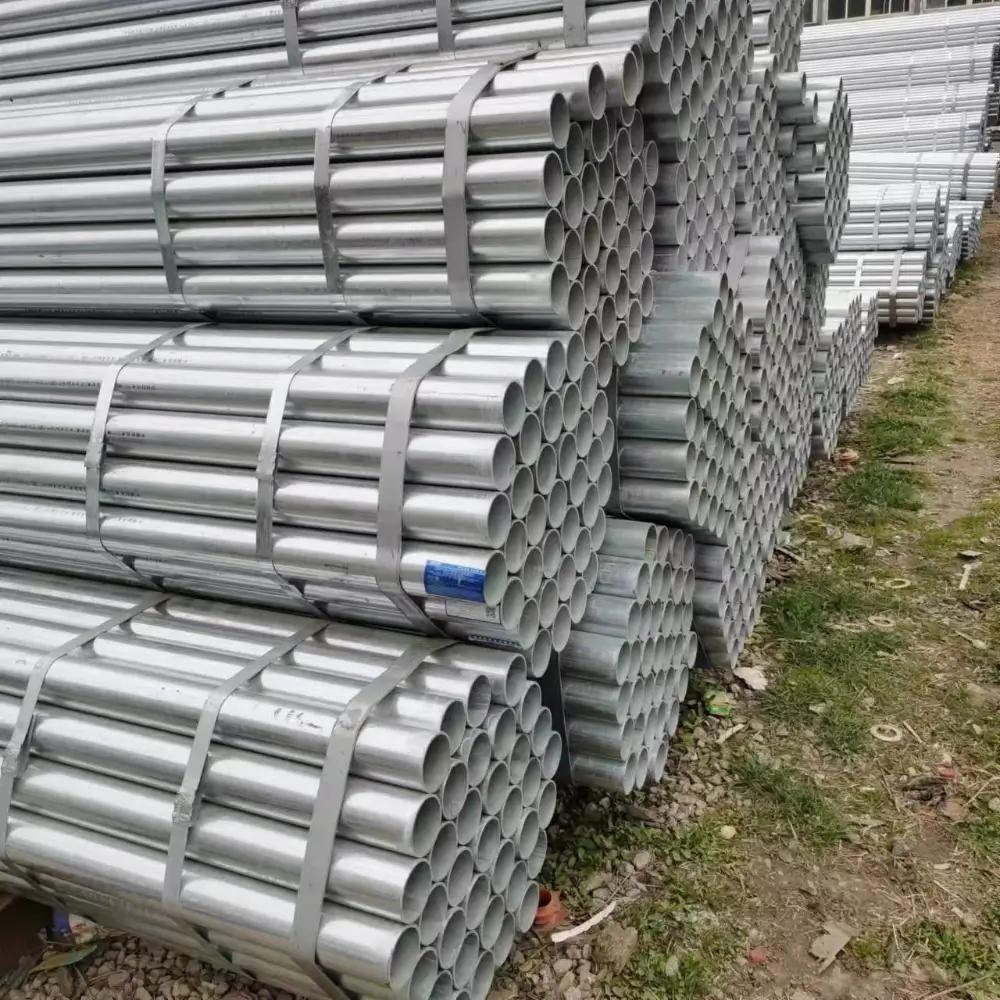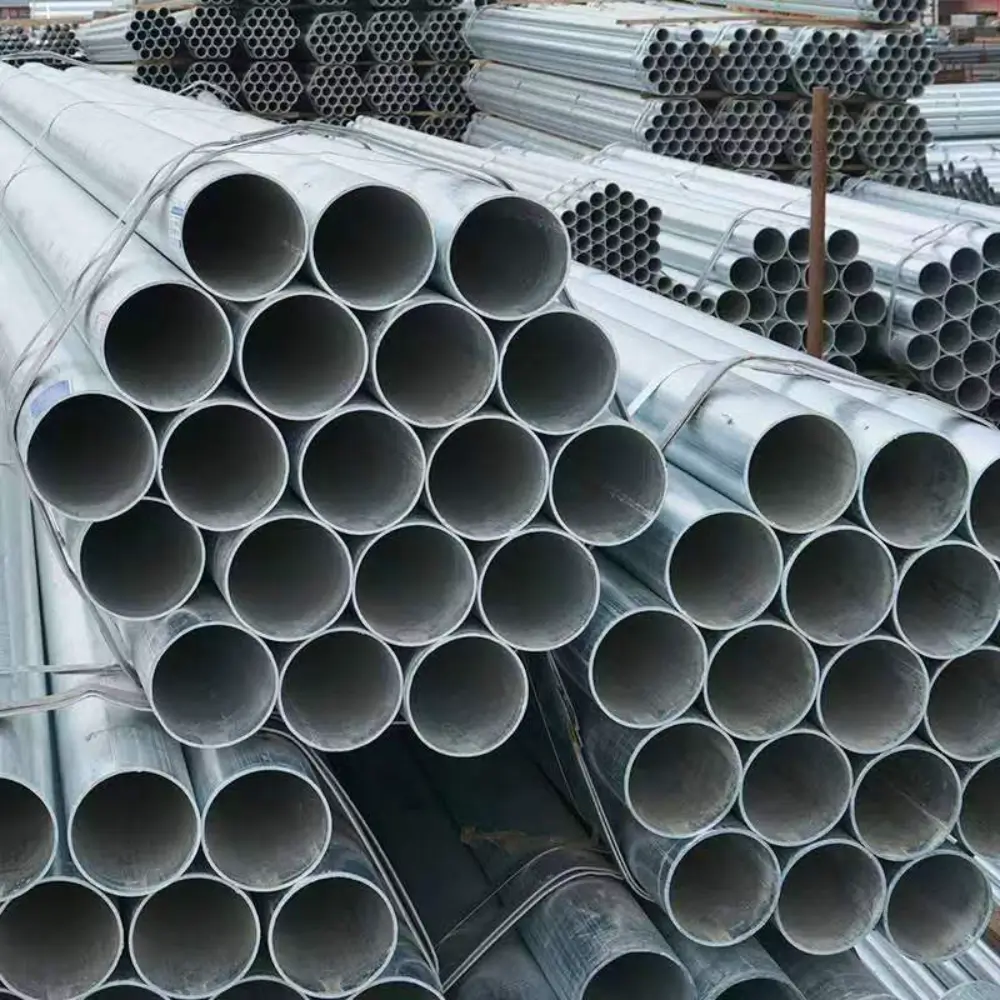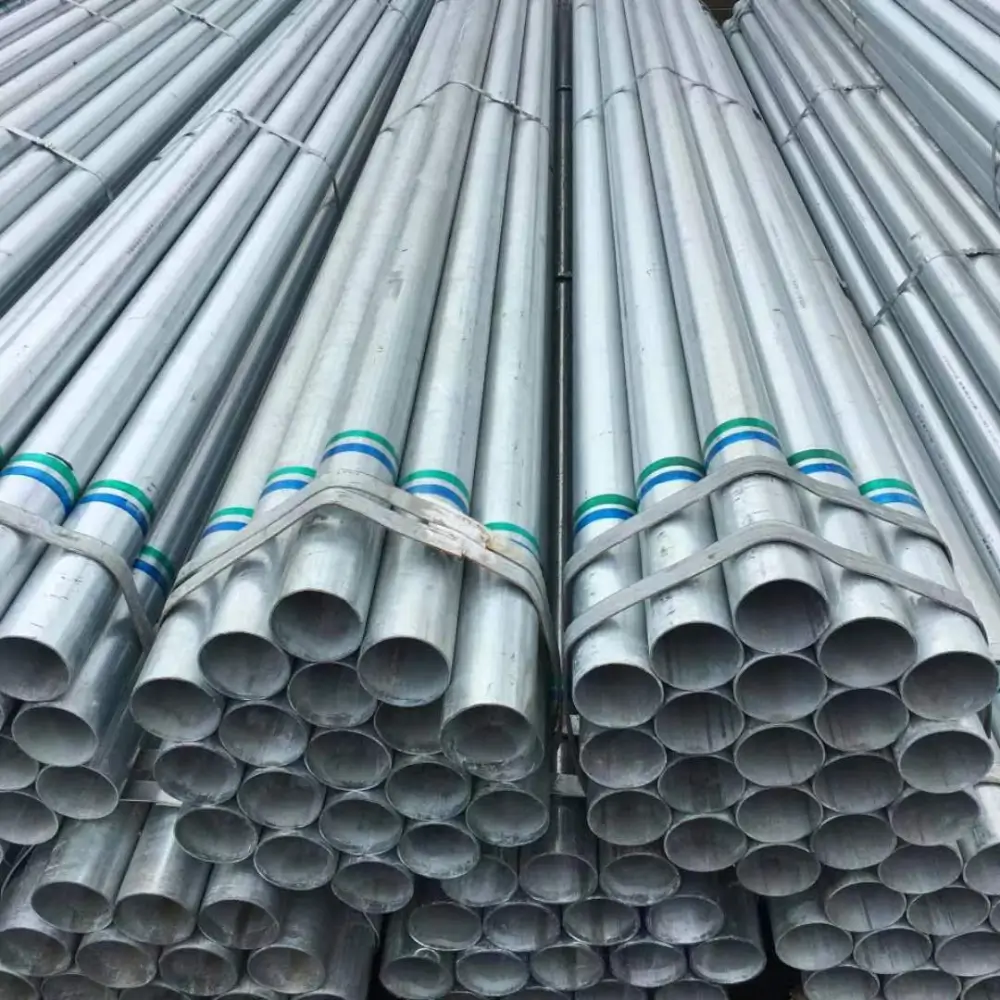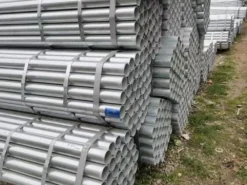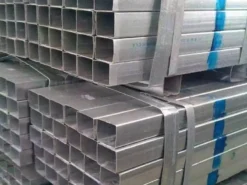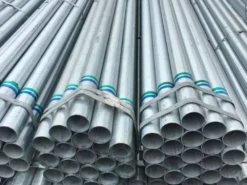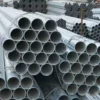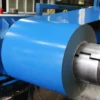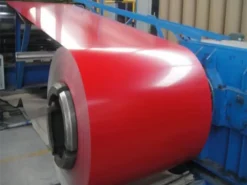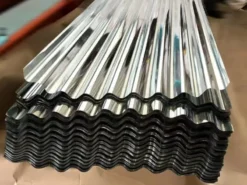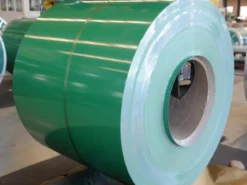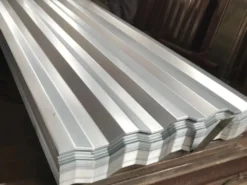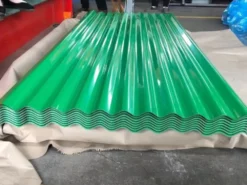| Product name | Galvanized Steel Pipe |
|---|---|
| Material | 10#, 20#, 45#, 16Mn, A53(A,B), Q235, Q345, Q195, Q215, St37, St42, St37-2, St35.4, St52.4, ST35 etc. |
| Wall Thickness | 1MM~12MM or as your requirement |
| Outer Diameter | 20MM~508MM or as your requirement |
| Length | Length:Single random length/Double random length5m-14m,5.8m,6m,10m-12m,12m or as customer’s actual reques |
| Standard | API 5L, ASTM A53-2007, ASTM A671-2006, ASTM A252-1998, ASTM A450-1996, ASME B36.10M-2004, ASTM A523-1996, BS 1387, BS EN10296, BS6323, BS 6363, BS EN10219, GB/T 3091-2001, GB/T 13793-1992, GB/T9711 etc. |
| Grade | 10#-45#, 16Mn, A53-A369, Q195-Q345, ST35-ST52Grade A, Grade B, Grade C |
| Technique | Hot Dip Galvanized Round Steel Pipe |
| Packing | Bundle, or with all kinds of colors PVC or as your requirements |
| Pipe Ends | Plain end/Beveled,protected by plastic caps on both ends, cut quare,grooved,threaded and coupling,etc. |
| Surface Treatment | 1. Galvanized2. PVC,Black and color painting3. Transparent oil,anti-rust oil4. According to clients requirement |
| MOQ | 1 Ton |
| Delivery Time | within 7 days,According to the quantity of goods required by the customer |
Part 1 Product Description
Galvanized steel pipes, also known as galvanized steel pipes, are divided into two types: hot-dip galvanizing and electrogalvanizing. The hot-dip galvanizing layer is thick, with advantages such as uniform coating, strong adhesion, and long service life. Electrogalvanizing has a low cost, a less smooth surface, and its corrosion resistance is much worse than that of hot-dip galvanized pipes.
Galvanized steel pipes are divided into cold plated pipes and hot plated pipes. The former has been banned, while the latter has been temporarily recommended by the state for use.
Part 2 classification
1.Hot dip galvanized pipe
It is the reaction between molten metal and iron matrix to produce an alloy layer, thereby combining the matrix and coating. Hot dip galvanizing is the process of first pickling steel pipes to remove iron oxide from their surface. After pickling, the steel pipes are cleaned in an ammonium chloride or zinc chloride aqueous solution or a mixture of ammonium chloride and zinc chloride aqueous solution, and then sent to the hot dip galvanizing tank. Hot dip galvanizing has the advantages of uniform coating, strong adhesion, and long service life. Most of the processes in the north adopt the zinc plating strip direct coil zinc replenishment process.
2.Folding cold galvanized pipe
Cold galvanizing is electrical galvanizing, with a small amount of galvanizing, only 10-50g/m2, and its corrosion resistance is much different from that of hot-dip galvanized pipes. Most legitimate galvanized pipe manufacturers do not use electric galvanizing (cold plating) to ensure quality. Only small enterprises with outdated equipment and small scale use electrogalvanizing, and of course, their prices are relatively cheaper. In the future, it is not allowed to use cold galvanized pipes as water and gas pipes.
3.Hot dip galvanized steel pipe
The steel pipe substrate undergoes complex physical and chemical reactions with the molten plating solution, forming a corrosion-resistant and tightly structured zinc iron alloy layer. The alloy layer is integrated with the pure zinc layer and the steel pipe substrate. Therefore, it has strong corrosion resistance.
After the development of hot-dip galvanized steel pipes in the 1960s and 1970s, the quality of the products has been greatly improved. From 1981 to 1989, they were continuously awarded as high-quality products by the Ministry of Metallurgy and the National Silver Award, and the production has also increased for many years.
In 1993, the production was over 400000 tons, and in 1999, the production was over 600000 tons. They are also exported to Southeast Asia, Africa, the United States, Japan, Germany and other countries and regions. Hot dip galvanized pipes are commonly used for water and gas pipelines, with common specifications ranging from+12.5 to+102 mm. After the 1990s, due to the country’s emphasis on environmental protection and increasingly strict control over high polluting enterprises, the “three wastes” generated in the production of hot-dip galvanized pipes were difficult to solve.
In addition, the rapid development of stainless steel welded pipes, PVC pipes, and composite pipes, as well as the promotion of the use of chemical building materials and restrictions on the use of galvanized steel pipes by the country, greatly constrained and restricted the development of hot-dip galvanized welded pipes. Later, the development of hot-dip galvanized welded pipes was slow.
Cold galvanized steel pipe
The zinc layer is an electroplating layer, which is independently layered with the steel pipe substrate. The zinc layer is relatively thin and simply adheres to the steel pipe substrate, making it easy to fall off. Therefore, its corrosion resistance is poor. In newly built residential buildings, it is prohibited to use cold galvanized steel pipes as water supply pipes.

